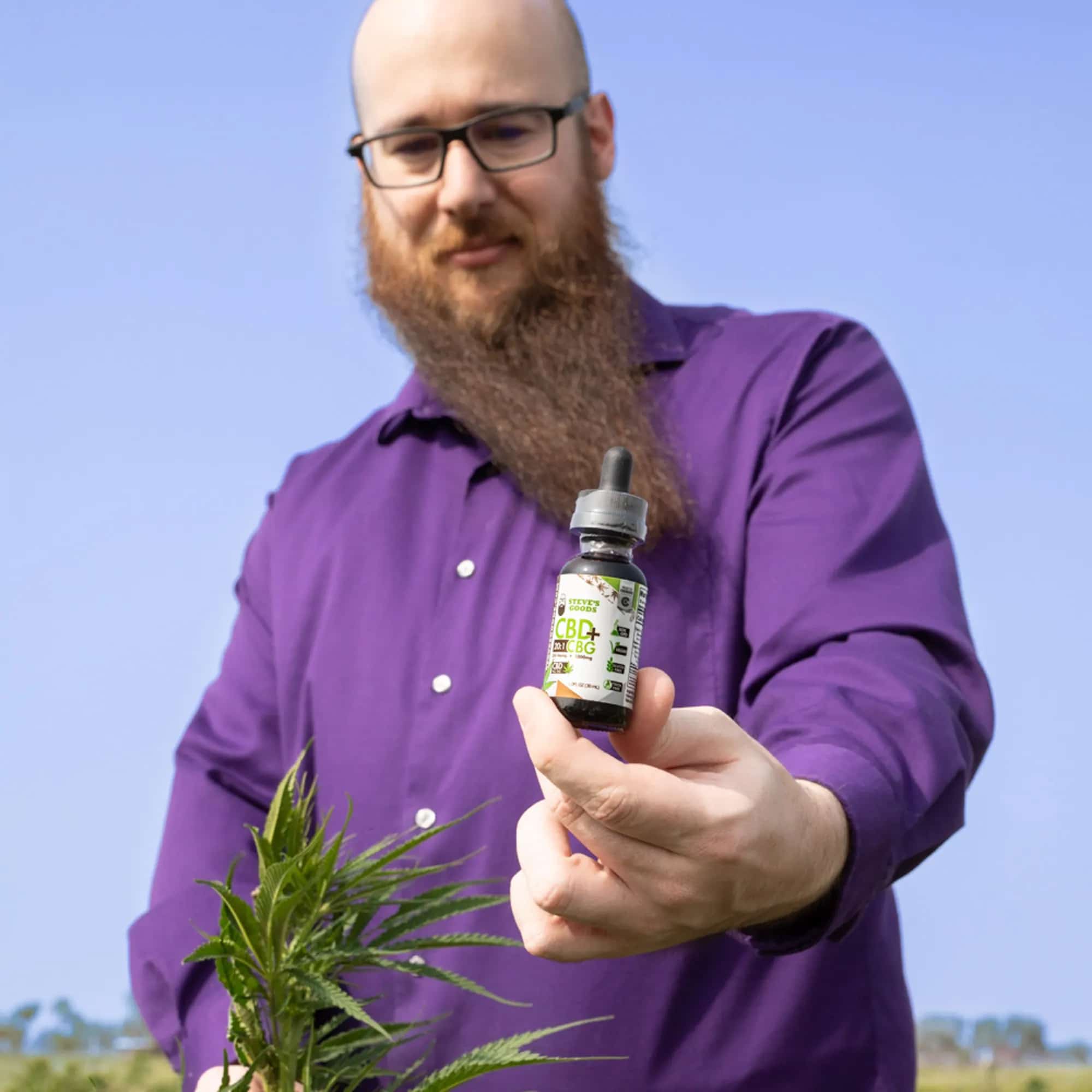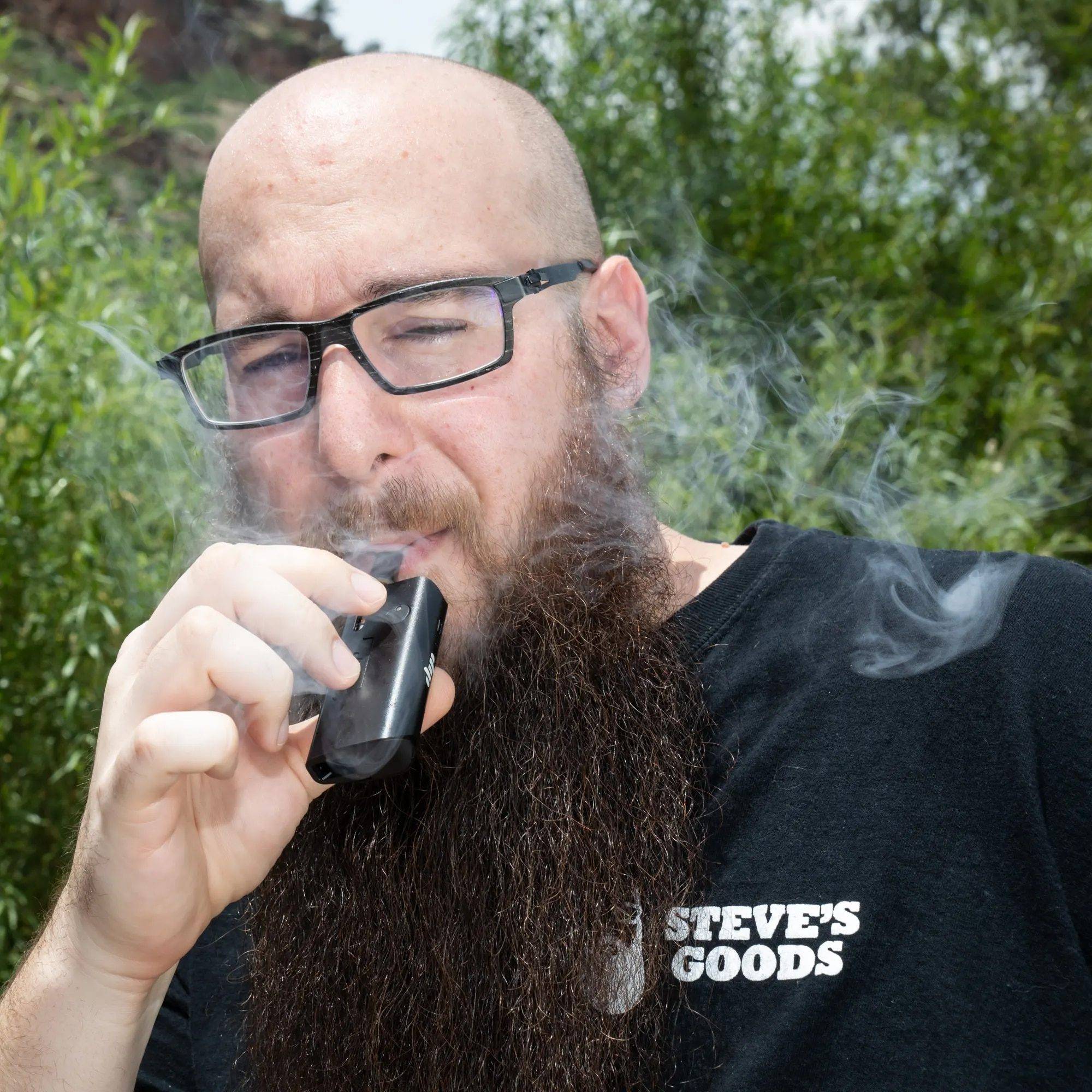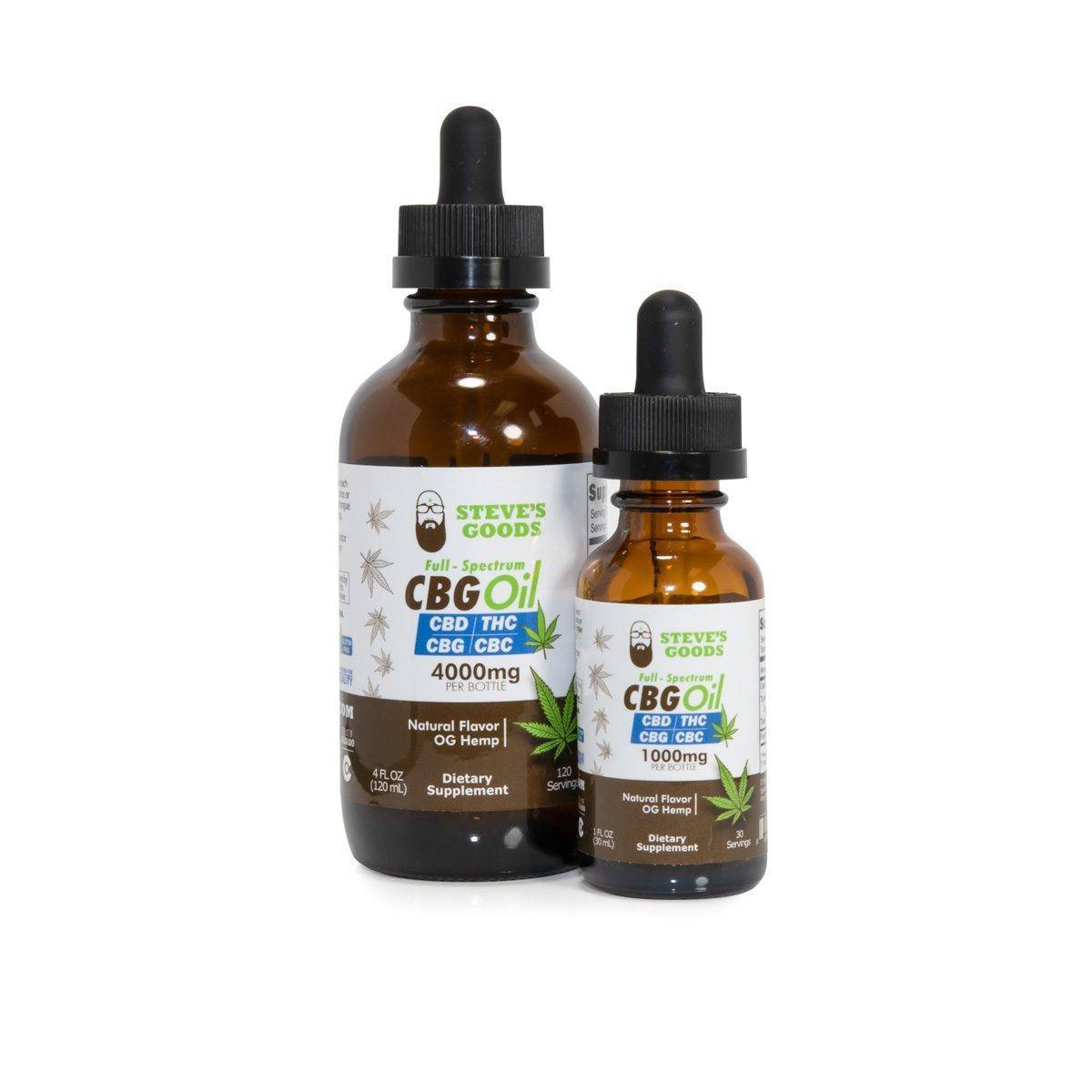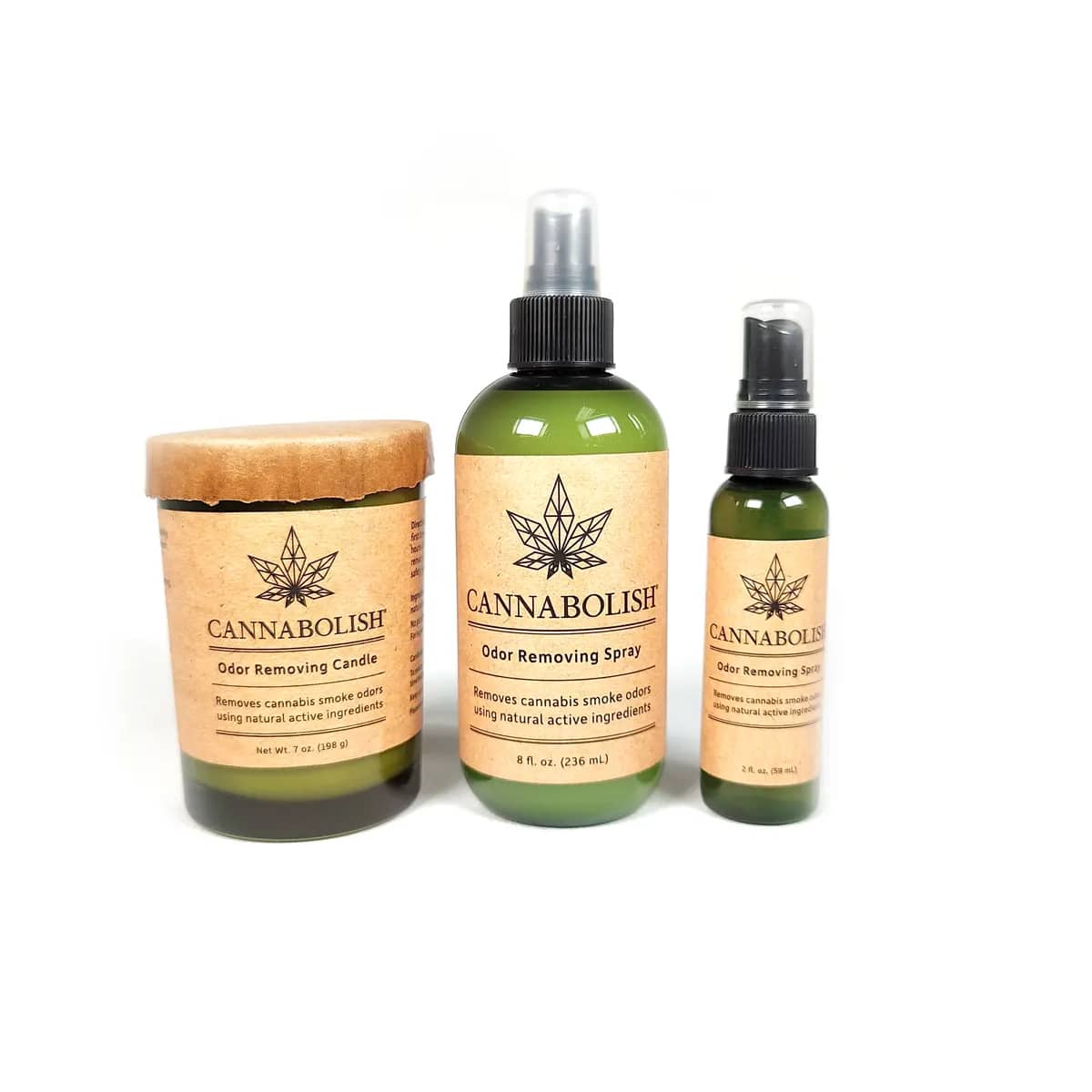CBD Tincture vs. CBD Oil
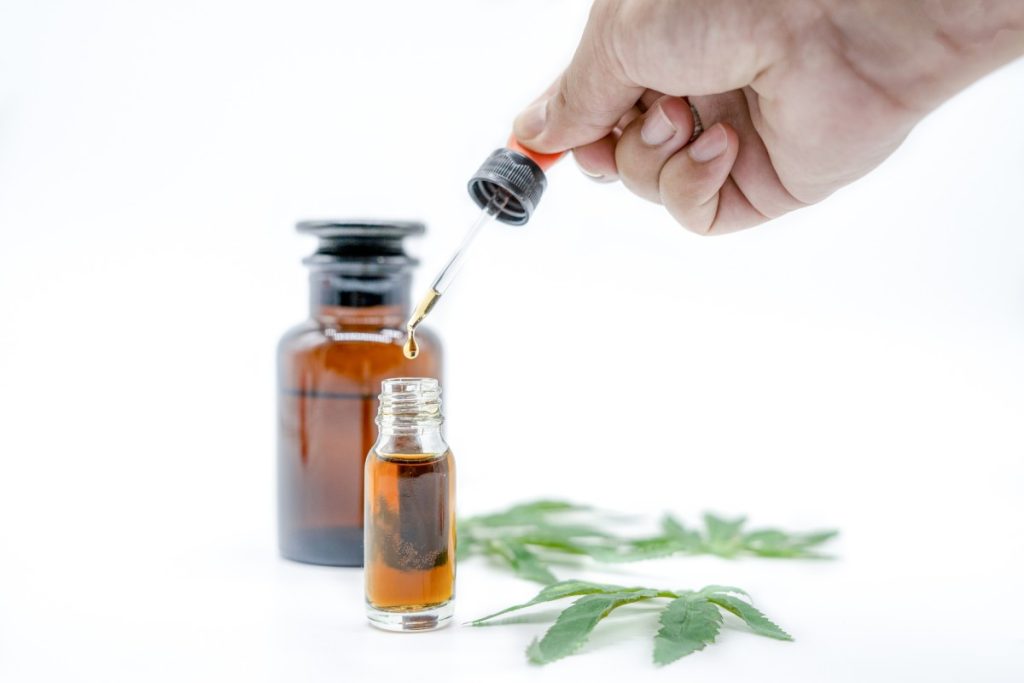
CBD is the most popular cannabinoid, next to THC, partially because of its legal status and the fact that you can use it for both medical and recreational purposes across the US. But when it comes to CBD products, there are two that many people seem to confuse – and that’s CBD tinctures and CBD oil, respectively.
Read more to learn about how CBD tinctures and oils are different.
What is CBD
CBD, or cannabidiol, is one of more than 100 cannabinoids found in hemp plants. It accounts for about 40% of the plant’s extract. Thanks to a relatively straightforward and cost-effective extraction procedure, CBD has become highly popular among hemp fans and others looking to profit from its benefits. Children and even animals may use it because it has no psychotropic effects, accelerating its expansion.
CBD is available in a variety of forms. Together with varying drug concentrations for each, this wide range of goods lets you select the form that best meets your potency and consumption requirements.
Is CBD legal

Cannabidiol, or CBD for short, is a chemical molecule with a wide range of health advantages and medical applications. CBD comes from the Cannabis sativa plant, which contains a variety of hemp cultivars as well as marijuana.
People mistake and link CBD with THC because of its extraction from the hemp plant. Industrial hemp and marijuana belong to the same genus of cannabis plants, technically speaking.
Industrial hemp and marijuana, on the other hand, are not the same plant. As a result, growing industrial hemp is legal in the United States. Other nations still make it illegal to grow industrial hemp, so bear that in mind before bringing any with you on a plane.
What is a CBD tincture?
A CBD tincture is a liquid extract that is based on alcohol. High-proof alcohol extracts the ingredients from the cannabis plant.
Tinctures blend well with sweeteners, flavorings, or vegetable glycerin to conceal bitterness. Depending on the product’s objective, some companies may also include vitamins, herbal extracts, or supplements such as melatonin.
Most people opt for a different choice from tinctures due to their bitter taste. Many tincture-like products are oils.
What is CBD oil
CBD oil contains CBD extract and an inert carrier oil such as medium-chain triglyceride (MCT) coconut oil. CBD and other components like terpenes and flavonoids come from the plant material to manufacture CBD oil. Using a technology known as supercritical CO2, which preserves the plant’s purity, sustainability, and bioavailability CBD oil forms.
After the appropriate chemicals have been extracted, the carrier oil is added. Essential oils add flavor once added. CBD oils are more popular than CBD tinctures and are easier to come by. Most “CBD oil tinctures” and even some “CBD tincture” items are CBD oils.
What are the main differences between CBD tincture vs. CBD oil?
CBD oils and CBD tinctures differ, although the phrases are commonly used interchangeably.
CBD oils typically contain only two ingredients, CBD and carrier oil. On the other hand, CBD tinctures are alcohol-based preparations that steep the plant material in high-proof alcohol. They filter the solution and bottle it with other components for flavor or specialized benefits.
How is CBD oil made
these procedures are highly complex, we’ll provide you with the crucial details, so you know what to look for. CBD can be extracted from the cannabis or hemp plant in various ways, resulting in CBD oil. The following are the three most common methods for extracting CBD:
- CO2 extraction
- Extraction of oil
- Extraction with a liquid solution
Below, we’ll describe each of those methods in more detail so you can better understand the process behind your CBD products.
CO2 extraction
Over the last few years, the CBD market has exploded. The market has grown, and many enterprises producing CBD have increased. The CO2 (carbon dioxide) extraction process has become the most technically advanced and recommended approach to creating CBD oil. It’s the most expensive of the usual procedures, but it makes the most potent, safe, and chlorophyll-free extraction. CO2 extraction can be classified as supercritical, subcritical, or mid-critical. We’ll start with supercritical, which is the most common.
Heating CO2 above 31.10C and pressing it at 1071psi forms supercritical CO2, which takes on both gas and liquid qualities (a supercritical liquid). A machine with three primary chambers called a ‘closed-loop extractor,’ is used to manipulate CO2 states while extracting cannabinoids and other substances.
The procedure begins with the placement of ground cannabis in a container. Running supercritical CO2 through the plant components extracts cannabinoids, trichomes, and terpenes. Injecting solid CO2, or dry ice, into the vessel transforms it from CO2 to Supercritical CO2. Separating the contents of the third chamber follows the injection of the mixture. Collecting the oil and returning the CO2 to the original vessel for reuse concludes the process.
Supercritical oil extraction kills bacteria, mold, and other pollutants left in CBD oil from traditional extraction processes. As a result, CO2-extracted CBD is likely to be better for persons with impaired immune systems.
Extracting Oil
The olive oil extraction method is one of the earliest extraction technologies today. This extraction procedure is even used at home. Decarboxylation of the plant material is the first stage in extracting olive oil. Decarboxylation is heating the plant to a specified temperature to activate the chemical components. The oil and plant materials are combined and heated again after the plant matter has been decarboxylated.
Heating the oil and plant together extracts the cannabinoids. Other procedures produce more concentrated extracts because the oils evaporate. Oil extractions have a fundamental issue – the oils are perishable and require storage in a cool, dry environment, putting consumers at a disadvantage.
Extraction with a liquid solution
Low-grade alcohol, such as ethanol or isopropyl, is frequently used in solvent extractions to extract CBD. Solvent extraction is one of the cheapest and riskiest methods of extracting CBD due to the highly combustible chemicals utilized. This process frequently dissolves plant waxes, which contain nutrients, and may also extract chlorophyll, which gives CBD a harsh flavor.
While filtering removes chlorophyll, it also diminishes the effectiveness of the oil.
They harvest the cannabis or hemp and place it in a container to extract the cannabinoids. They deplete the plant of its cannabinoids by either soaking the plants or passing solvents through the materials. After that, they heat the liquid and pass it through an evaporation process, leaving the cannabis concentrates in oil form. In some cases, solvent residue may remain after evaporation. Studies have discovered that CBDs extracted using solvents contain amounts of petroleum and other toxins that can be detrimental to humans.
The resultant oil contains all the cannabinoids and other chemicals preserved during the extraction process. They call the first oil extraction full-spectrum oil. They refine and purify the extraction to manufacture CBD isolate or broad-spectrum oil.
Which is better, CBD oil or tincture?
CBD oils and CBD tinctures can both be beneficial. The most significant distinction is between the manufacturing technique and the base ingredient. A CBD oil often has fewer components than a CBD tincture. If you’re allergic to alcohol, an oil might be a better option for you.
It’s also crucial to consider your preferences and goals while determining which one is ideal for you. While some people may prefer CBD oil over an alcohol-based tincture because of the taste, others may prefer an alcohol-based tincture owing to stomach sensitivity from eating oil.
Is CBD tincture more potent than oil?
CBD oil is extracted from the hemp plant’s seeds, flowers, and stalks using an extraction technique. CBD oil is the most potent and costliest of all CBD formulations. Aside from cannabis, fatty acids, protein, critical vitamins, and nutrients are in hemp.
People are now infusing CBD into food and drink recipes for a more natural consumption.
According to research, CBD appears to have a favorable effect on the endocannabinoid system. Due to the oil’s high potency, only two or three teaspoons are required for the entire day. However, one’s body weight, goals, and other factors can help determine how much CBD to take.
What is CBD tincture used for
People primarily use CBD tinctures to reduce mood support and discomfort, which come from high CBD hemp strains with 60 to 70% alcohol. According to Low Dog, “tinctures are handy, have a long shelf life, and easily absorb when administered under the tongue. The number of drops taken can be increased or decreased to modify the dose.”
Although CBD preparations of all kinds show a lot of promise, Hill thinks there is still a lot of research.
How to take CBD oil?
CBD oil can be taken sublingually, or under the tongue, for more convenience. When using a traditional tincture, this is the quickest way to notice results.
All you have to do is take a droplet of CBD oil and place it beneath your tongue for this procedure. Then, before swallowing, hold the oil in place for 30 to 90 seconds. To allow the cannabinoids to reach your bloodstream, you must let the CBD oil lie beneath your tongue for the required amount of time.
How does CBD oil make you feel?
CBD takes time to accumulate in the body and provides results. For the first few weeks or months after starting to take CBD products on a regular basis, you may feel nothing. That isn’t to say it isn’t effective!
The advantages may be subtle at first, but they will accumulate with time. People don’t always realize how much their reality has changed until they stop taking CBD and return to their previous state, or until someone else brings it out to them.
Be prepared to wait to experience the true results of CBD oil. However, it’s essential to remember that the benefits of CBD oil have been absolutely priceless for many people. If you don’t see any results right away, don’t worry. Instead, adjust the dose and keep experimenting until you’re satisfied.
How many drops of CBD tincture do I take?
CBD oil will most likely come in a dropper container if you’re using it. The amount of CBD in a single drop may be specified on the container. From there, you can calculate how many droplets you’ll need.
Because the package states the overall quantity of CBD in the entire bottle but not the amount in a single drop, it can be challenging to figure out how much CBD is in one drop.
The volume of a single drop is around 0.05 milliliters (mL). That is a single drop, not a full dropper.
This translates to 200 drops in a 10-mL bottle of CBD oil. If the 10-mL bottle’s packaging states that it contains 1,000 mg of CBD, each drop will contain roughly 5 milligrams of CBD. So, four drops of CBD oil will give you 20 milligrams of CBD, and so forth.
Shop CBD tincture here
Get the best CBD oil tinctures delivered right to your door with Steve’s Goods – an award-winning CBD manufacturer from Colorado. We offer a wide range of CBD products and other cannabinoids to provide you with the unprecedented benefits of hemp plants.
Click HERE to shop for CBD oil tinctures and experience the benefits of our best CBD products – now available in a variety of different flavors and concentrations.

